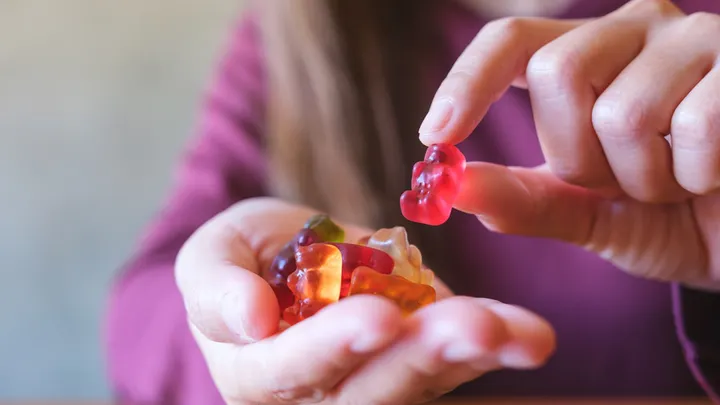A major change in food safety regulations has been made with the Food and Drug Administration’s (FDA) announcement of a complete ban on Red Dye No. 3 in food products and swallowed pharmaceuticals. The decision follows similar limitations in many other nations and after years of agitation by parents and health organizations.
Implementation Timeline for Red Dye No. 3
The FDA has created a phase-out timeframe that is progressive:
- By January 15, 2027, food makers must reformulate their products.
- The deadline for drug producers to comply is January 18, 2028.
- Red Dye No. 3 is prohibited in both imported and domestic goods.
Use and Effects of Red Dye No. 3
Today, more than 2,800 goods on American stores contain Red Dye No. 3 sometimes referred to as erythrosine. Items that frequently contain the dye include:
- Popular snacks: Fruit by the Foot, Dubble Bubble gum, and Hostess’ Ding Dongs
- Beverages: Nestle strawberry milk
- Candies: Jordan Almonds, Pez, and Brach’s candy corn
- Store-brand products from major retailers like Walmart, Target, and Kroger
- Medications: Tylenol PM, gabapentin, and the ADHD drug Vyvanse
Red Dye No. 3 Related Health Issues
Despite the FDA’s insistence that the dye’s mechanism of cancer in rats does not apply to people, a number of worries have led to this action:
- Red Dye No. 3 has been connected in animal studies to thyroid cancer in lab rats.
- Potential behavioral effects are suggested by research, especially for children.
- Food color has been linked in clinical trials to children’s increased hyperactivity.
- About twice as much dye is consumed by young children (ages 2 to 5) than by adults.
International Context on Red Dye No. 3
Along with other regions, the US has restricted the use of Red Dye No. 3:
- It is only allowed in cocktails and candied cherries by the European Union.
- Korea Forbids the use of artificial coloring in foods that are mainly consumed by children and adolescents.
- The selling of goods containing the chemical is already prohibited in California.
Impact of Red Dye No. 3 Ban on Industry
The food and pharmaceutical industries, which used 215, 780 pounds of Red Dye No.3 in 2021 alone, will be significantly impacted by the ban. Alternative colorants may need to be used in product formulations by manufacturers, which could affect both product appearance and production costs.
Although the FDA still maintains that the dye poses no damage to human health at current exposure levels, the decision marks a significant change in the agency’s approach to food safety. In addition to addressing growing consumer concerns about artificial food additives, this regulation move brings the US into compliance with international standards.

